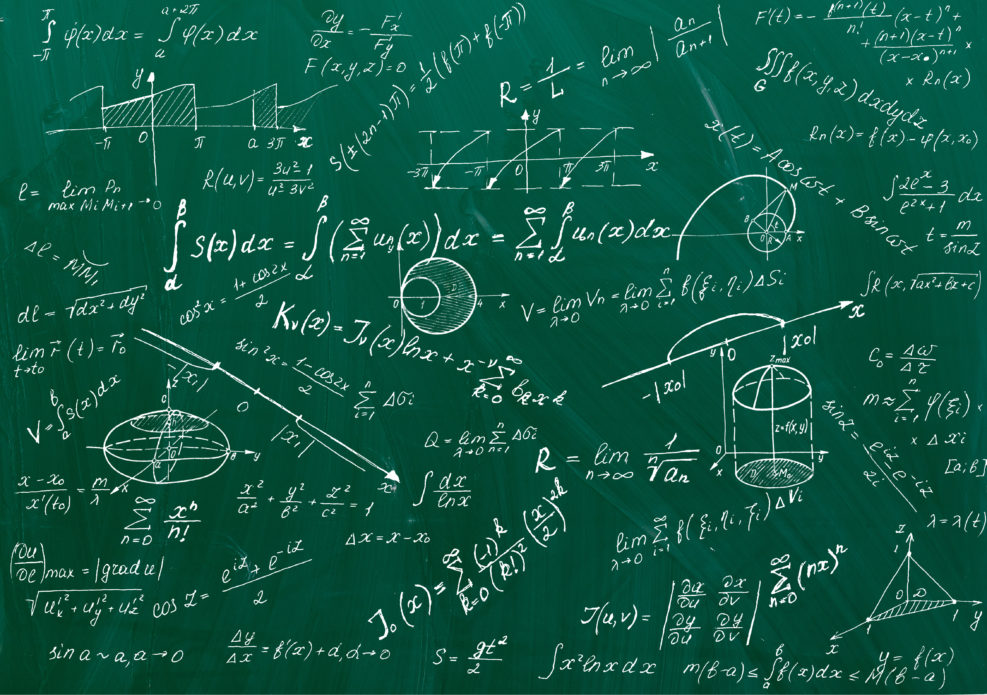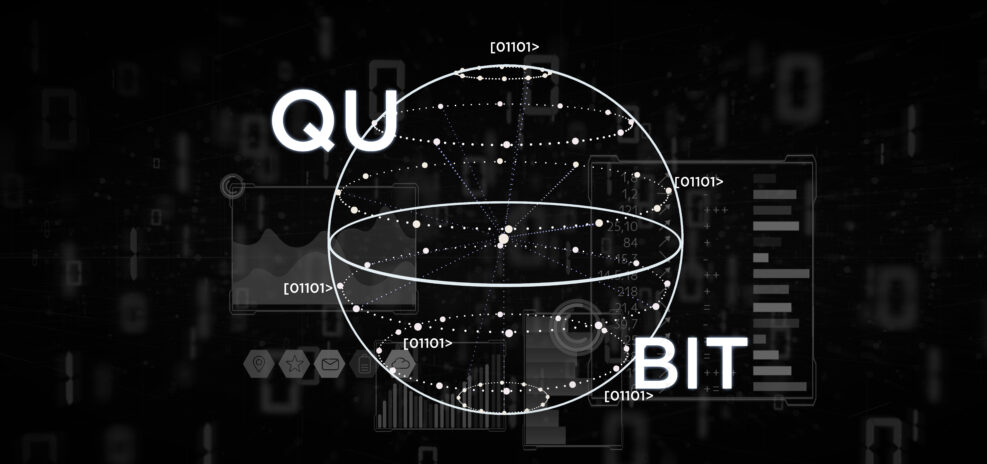
TagPhilip Ball


When Science Writers Say Things We Hardly Expected…
Some science writers are monotonous boosters for Answers from Science but the better ones challenge themselves, and thus challenge us too
AI expert: Stop Distinguishing Between AI, Human and Animal Minds
Aaron Sloman’s approach to minds sounds a bit like panpsychism — which is increasingly accepted in science — but there are differencesPhilip Ball, author of The Book of Minds: How to understand ourselves and other beings, from animals to AI to aliens (University of Chicago Press, 2022), profiles University of Birmingham computer scientist Aaron Sloman, whose 1984 paper, “The structure of the space of possible minds” sought to account for human, animal, and AI minds as “behaving systems.” Along the way, Sloman came to a significant conclusion: “We must abandon the idea that there is one major boundary between things with and without minds,” he wrote. “Instead, informed by the variety of types of computational mechanisms already explored, we must acknowledge that there are many discontinuities, or divisions within the space of possible systems: the space is not a continuum, nor Read More ›

Science Writer: Explain-Away-the-Mind Book Doesn’t Succeed
In a departure from an all-too familiar approach to science writing, Philip Ball offers constructive criticism of the “nothing but”approach to the mindAt eminent science journal Nature, science writer Philip Ball reviews a book offering to explain how the mind arose from the mud. And he departs from the script. The book is Journey of the Mind: How Thinking Emerged from Chaos by neuroscientists Ogi Ogas and Sai Gaddam. One would expect a conventional science writer to announce that this new book is an important contribution to the quest to naturalize the human mind — to show that the mind is a mere adaptation that enabled the tailless ape to survive the savannah. Such a belief needn’t be true (and isn’t); it’s intended as a placeholder for a better-founded purely naturalist belief. Yet Ball looks at the claims made in Journey of Read More ›

Is Our “Number Sense” Biology, Culture — or Something Else?
It’s a surprisingly controversial question with a — perhaps unsettling — answerBritish science writer Philip Ball, author of How to Grow a Human, offers an even-handed account of a controversy on the origin of our ability to understand numbers (numeracy). Numeracy is the beginning of mathematics, the most abstract of all human pursuits. It isn’t possible to get very far in mathematics without some ability to abstract. Ball cites as an example the difference between 152 and 153. Many life forms, competing for a pile of food items, can distinguish between 2 and 3. But distinguishing between 152 and 153 clearly requires abstraction. It’s the same principle as the chiliagon, a geometric figure like a triangle except that it has 1000 sides. A triangle can be envisioned concretely. A chiliagon can Read More ›

Can AI “Translate” Animal Languages Into Human Languages?
If we understood animal communications better, would they even seem like a language?That’s the question science writer Philip Ball, author of The Modern Myths: Adventures in the machinery of the popular imagination (2021), posed recently at The New Yorker. If a dolphin could talk, could we really understand its very different life experiences? Ball reports that some researchers are trying to translate dolphin communications (“dolphish”) into English: Today, animal-translation technologies are being developed that use the same “machine learning” approach that is applied to human languages in services such as Google Translate. These systems use neural networks to analyze vast numbers of example sentences, inferring from them general principles of grammar and usage, and then apply those patterns in order to translate sentences the system has never seen. Denise Herzing, the founder Read More ›

Can We Find Purpose in a Universe With No Underlying Purpose?
That’s the ambitious goal of a prominent science writerBritish science writer Philip Ball offers us a guide to a very interesting project: an attempt to “naturalize” the idea of agency, that is, make the desire to do things—the mouse’s desire to escape the cat— explainable from a fully materialist perspective. That’s much harder than it seems. Rocks don’t desire anything. So we can’t just start from the bottom. It’s also not enough to say that the mouse wants to avoid getting killed. That’s true but it doesn’t really explain anything. For example, a person looks both ways before crossing the street to avoid getting run over. But, by itself, that doesn’t explain why she tries to avoid getting run over. One must factor in her memory, background knowledge, Read More ›

Will Quantum Mechanics Produce the True Thinking Computer?
Quantum computers come with real world problems of their ownSome hope that quantum mechanics can explain human consciousness. Maybe we are all quantum computers but don’t know it? Maybe quantum computers could think like people? There is an odd relationship between the human mind and quantum mechanics, the science of entities like electrons that are too small to be governed by ordinary physics. Some aspects of consciousness appear to be mediated by such elementary particles. Science writer Philip Ball explains, Nobody understands what consciousness is or how it works. Nobody understands quantum mechanics either. Could that be more than coincidence? Quantum mechanics is the best theory we have for describing the world at the nuts-and-bolts level of atoms and subatomic particles. Perhaps the most renowned of its mysteries is Read More ›